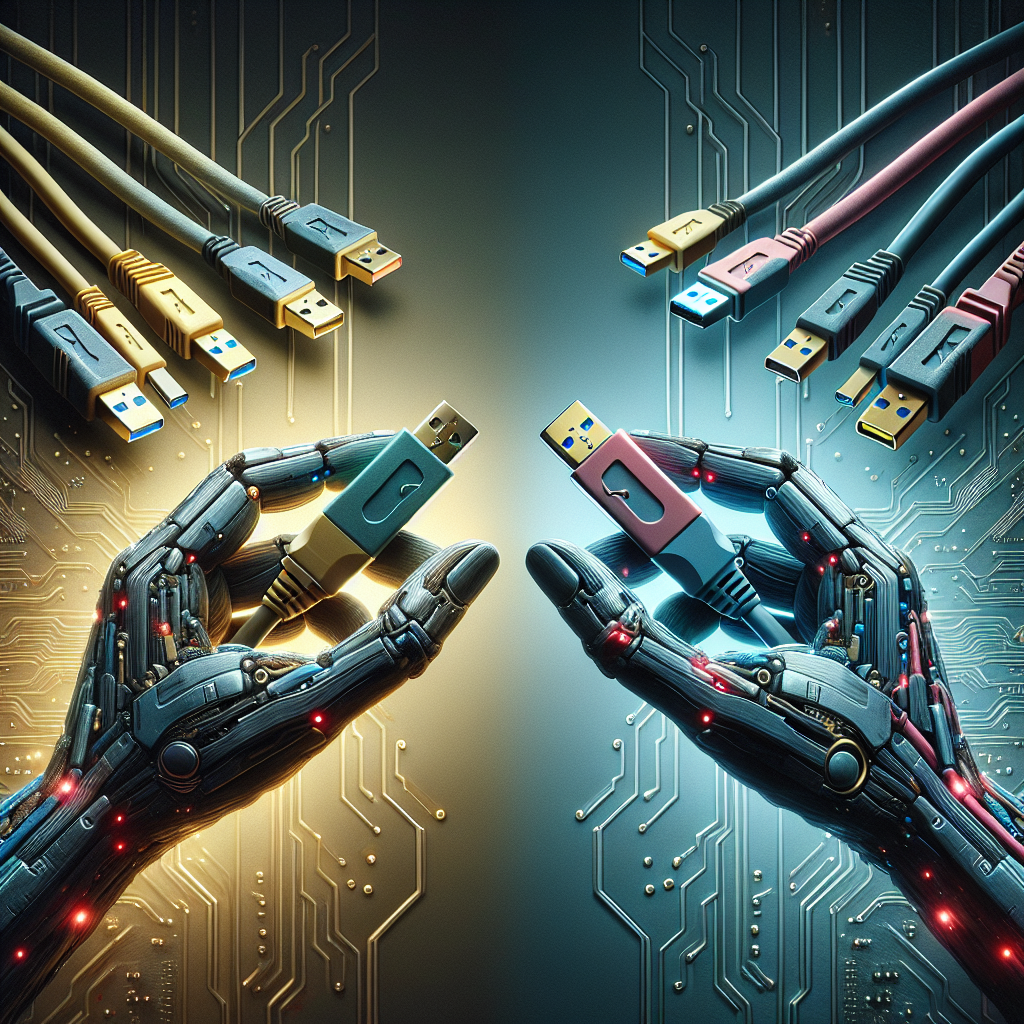In the ever-evolving world of technology, USB (Universal Serial Bus) has become a staple in our daily lives. From transferring data between devices to charging our smartphones, USB has revolutionized the way we connect and communicate. With the introduction of USB 2.0 in 2000, data transfer speeds increased significantly, making it easier than ever to share files and connect peripherals.
Now, with the release of USB 3.0, the next generation of USB technology is here, promising even faster data transfer speeds and improved performance. So, what exactly sets USB 3.0 apart from its predecessors, and how will it impact the way we use our devices?
One of the most significant advancements of USB 3.0 is its increased data transfer speeds. While USB 2.0 had a maximum transfer rate of 480 Mbps, USB 3.0 boasts speeds of up to 5 Gbps, making it ten times faster than its predecessor. This means that transferring large files, such as HD videos or high-resolution photos, will be quicker and more efficient than ever before.
In addition to faster data transfer speeds, USB 3.0 also introduces a new feature called SuperSpeed, which allows for simultaneous bi-directional data transfer. This means that devices can send and receive data at the same time, further enhancing the overall performance of USB 3.0.
Another key feature of USB 3.0 is its improved power efficiency. Devices that are USB 3.0 compatible will consume less power when connected, resulting in longer battery life for laptops, smartphones, and other portable devices. This is especially beneficial for users who rely on their devices while on the go and need to conserve battery power.
Furthermore, USB 3.0 is backward compatible with USB 2.0 devices, meaning that you can still use your existing USB 2.0 peripherals with a USB 3.0 port. While you won’t get the same speed benefits as you would with a USB 3.0 device, you can still enjoy the convenience of connecting your older devices without any compatibility issues.
Overall, the transition from USB 2.0 to USB 3.0 represents a significant leap forward in USB technology. With faster data transfer speeds, improved performance, and enhanced power efficiency, USB 3.0 is poised to revolutionize the way we use our devices and connect with the world around us. As more and more devices adopt USB 3.0 technology, we can expect to see even greater advancements in the way we communicate and interact in the digital age.


Leave a Reply